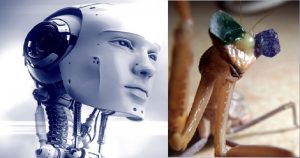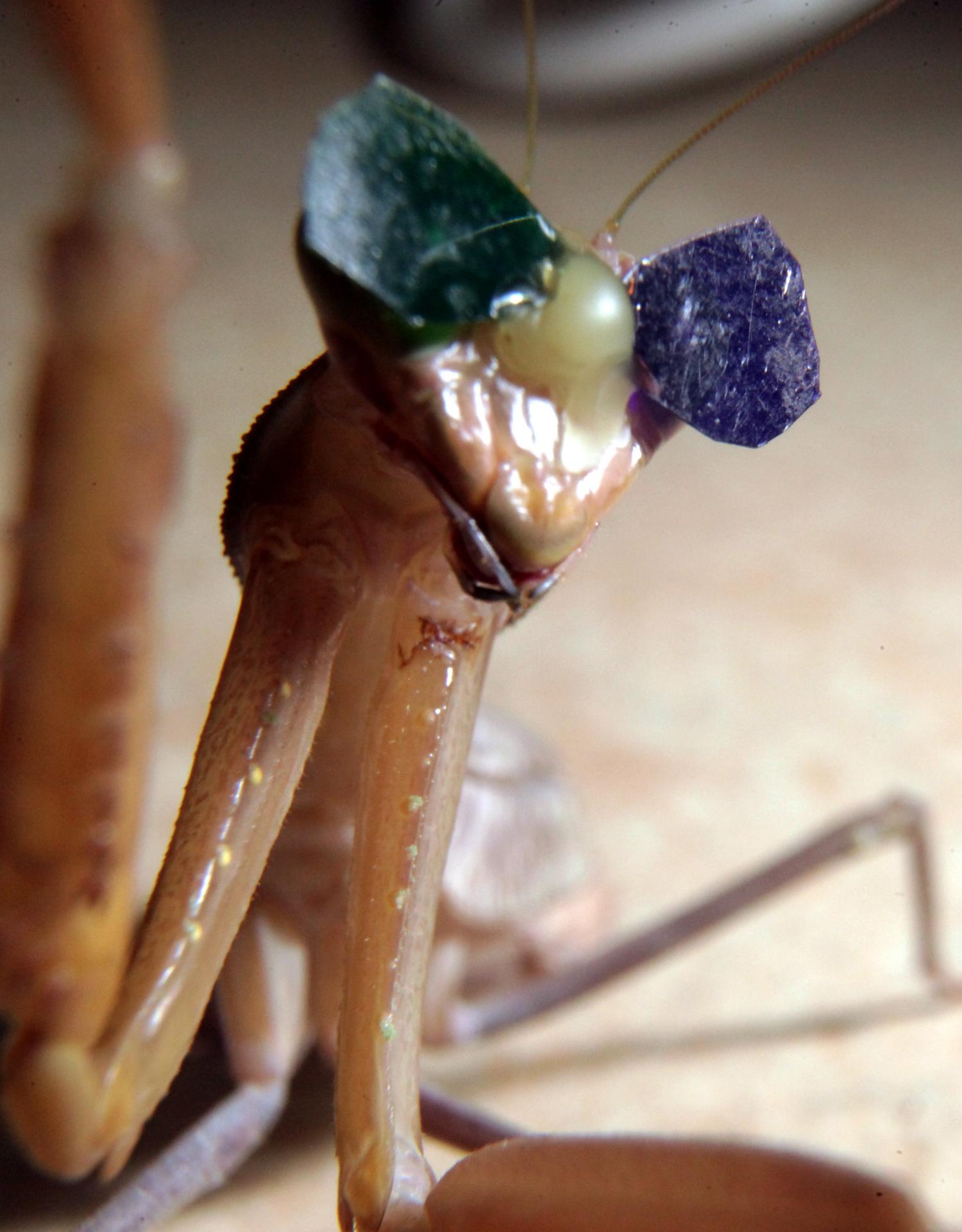
Britain University Study Provides Model To Improve Visual Perception In Robots, Tests On Insects
3D vision is a technology of a stereoscopic gaming kit that consists LC shutter glasses resulting in stereoscopic vision. Most knowledge about 3D vision has come from vertebrates. A team from Newcastle University confirmed that the praying mantis, an invertebrate, does indeed use 3D perception for hunting.
Specially-designed tiny 3D glasses for mantises have proved that the praying insects use 3D vision and thus provided a new model to improve visual perception in robots, according to a study involving an Indian-origin scientist.

“Despite their minute brains, mantises are sophisticated visual hunters which can capture prey with terrifying efficiency. We can learn a lot by studying how they perceive the world. A better understanding of their simpler processing systems helps us understand how 3D vision evolved, and could lead to possible new algorithms for 3D depth perception in computers,” said study leader Jenny Read, professor of vision science at Britain’s Newcastle University.
In a specially-designed insect cinema, researchers at Newcastle University have shown that it needs to be ‘old school’ 3D glasses for tests to work on mantises. While in humans that would be with red and blue lenses, red light is poorly visible to mantises so they have custom-made glasses with one blue and one green lens.

In the experiments, mantises fitted with tiny glasses attached with beeswax were shown short videos of simulated bugs moving around a computer screen. The mantises did not try to catch the bugs when they were in 2D. But when the bugs were shown in 3D, apparently floating in front of the screen, the mantises struck out at them. This shows that mantises do indeed use 3D vision.
“When Initial testing using 3D technology failed we looked at old-style 3D glasses with red and blue lenses. Since red light is poorly visible to mantises, we used green and blue glasses and an LED monitor with unusually narrow output in the green and blue wavelength. We definitively demonstrated 3D vision or stereopsis in mantises and also showed that this technique can be effectively used to deliver virtual 3D stimuli to insects,” said Vivek Nityananda, a sensory biologist at Newcastle University.